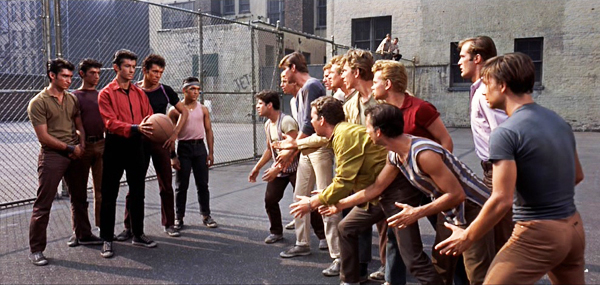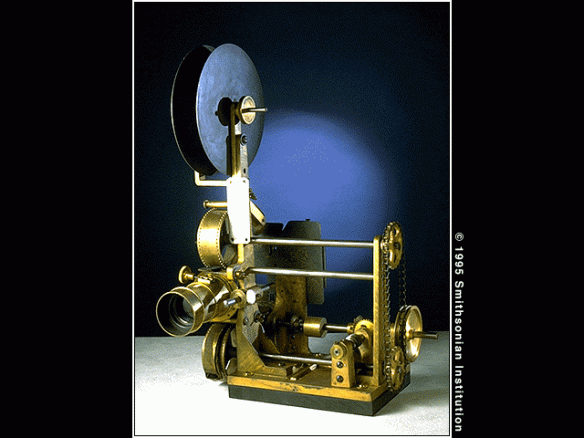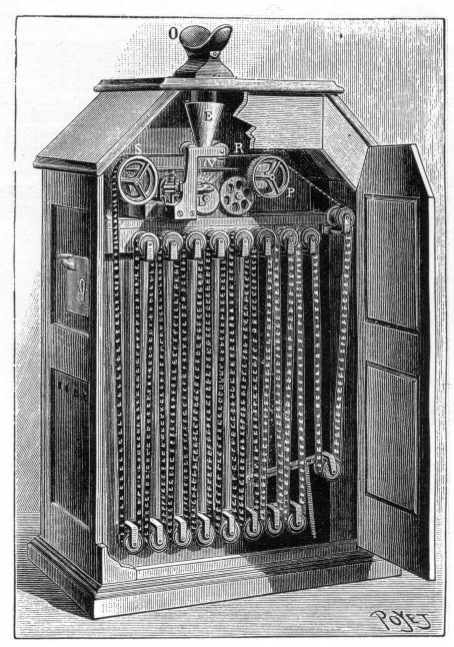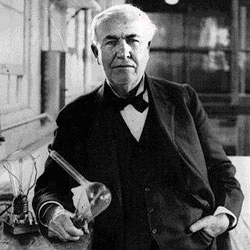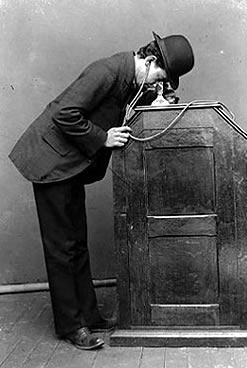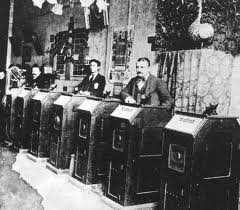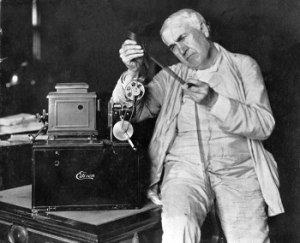The Kinetoscope and Kinetograph was invented by William Laurie Dickinson, who was Thomas Edison’s assistant and worked for Edison Laboratories. The Kinetograph being a crude and one of the first cameras capable of recording motion pictures. The Kinetoscope being the device in where a single customer would deposit a coin and view thru lenses, a very short film on a loop. Edison viewed film as a novelty meant for a single viewer and didn’t support the idea of a projector for an audience. He thought it more lucrative to sell multiple Kinetoscope machines than a single projector for a audience. With the advent of projectors and rise in popularity of this form of viewing film, Edison would follow suit, unable to produce his own projector he would purchase a projection machine and rename it the Vitascope.
As the popularity of film flew thru the roof, so did the demand for longer and different films. Edison following a strict moral code along with believing the industry plateaued, didn’t listen to the public and continued to produce movies he thought appropriate. Edison also tried to shut out the European films by monopolizing what stock and raw footage could be used and what films are screened in US theaters. Carl Leammle, a German immigrant from Chicago created the Independent Movie Pictures, a small production company where he used French and German stock footage. Leammle also exclusively signed Florence Lawrence, one of the first movie stars, in a move to produce longer dramatic films with actors the audience can relate with and recognize. IMP would later become Universal Pictures.
Edison sought to own all of the Film Industry and being the owner of most of the technological patents, would wage a campaign to shut down his competitors. From investigating sets for the illegal use of patent licensed cameras and equipment to shutting out inventors by filing infringements suits to both. The infringement suits would financially ruin his competitors and in turn have the inventors sell the patent adding to already large Edison Empire. The films released by Independent Movie Pictures were successful and would satisfy the publics demand for longer films. Edison’s film didn’t evolve due to his belief that the films were just novelties, proving to be a major fault with the public and economic profits.
